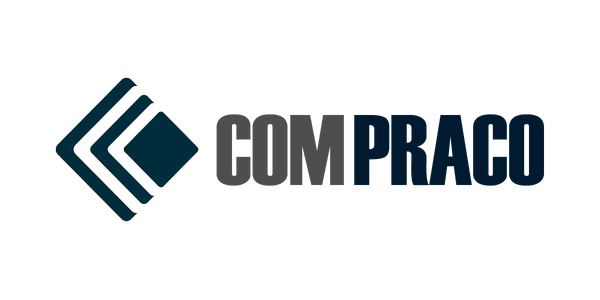
Types of DC Armature Windings

- series windings
- Shunt windings
- Composite windings
series windings
Series windings are DC armature windings in which the field winding is connected in series with the armature winding. In other words, the same current flows through the field windings and the armature. This configuration results in several different properties:
- High starting torque: The series DC motors are known for their high starting torque. This makes them suitable for applications where starting under high loads is required, such as in train drive systems and electric vehicles.
- Variable speed control: In series motors, the speed decreases as the load increases. This is because an increase in load leads to a decrease in the overall resistance of the circuit, which in turn leads to an increase in current and a consequent decrease in speed.
- Danger of uncontrolled speed: A disadvantage of series wound motors is that if the load is suddenly removed, an uncontrolled increase in speed can occur as the reduced load results in an increase in speed.
- Lack of self-regulation: Series-wound motors do not regulate their speed effectively when the load varies, which can be a limitation in applications that require precise speed control.
Shunt windings
Shunt windings connect the field winding (shunt field) in parallel to the armature winding. The shunt winding has a high resistance compared to the armature winding, which means that most of the current flows through the armature circuit. Shunt motors have the following properties:
- Stable speed control: Shunt motors have relatively stable speed control under different loads. As the load increases, the speed reduction is less pronounced than in series wound motors.
- Constant Speed Operation: Shunt motors are known to maintain a relatively constant speed under varying loads. This makes them suitable for applications where a constant speed is required, such as: B. Industrial machines.
- Moderate starting torque: Shunt motors generally have moderate starting torque. You may need additional mechanisms (e.g. starting resistors) to provide sufficient starting torque in high load scenarios.
Composite windings
Composite windings combine series and shunt winding elements. There are two main types of compound windings: cumulative compound windings and differential compound windings.
- Cumulative Composite Windings: In this configuration, the series field winding supports the shunt field winding. The result is a motor with characteristics similar to a shunt motor, but with an additional increase in starting torque across the series field.
- Differential compound windings: Here the series field winding is opposite to the shunt field winding. Differential compound wound motors offer features that combine series and shunt motors. They offer good speed control under different loads and better starting torque.
The choice between these winding types depends on specific application requirements, including desired speed control, starting torque, and load conditions. To optimize performance for specific use cases, from industrial machines to drive systems, different spiral configurations are chosen.
Connection options
The various armature coils in a DC armature winding do not need to be connected in parallel (in series), i.e. by end connection, so that the voltages generated from the individual coils can help each other in producing the terminal emf of the winding. .
There are two easy ways to create these final connections:
-
Winding wrap
-
wave winding
Winding wrap

wave winding 

Conductive materials are the arteries that allow electricity to flow in these machines. Different materials offer different levels of conductivity, mechanical properties and cost considerations.
- Copper: Copper is a widely used conductive material due to its exceptional electrical conductivity, formability and corrosion resistance. It is preferred due to its efficiency in transmitting electrical energy with minimum losses.
- Aluminum: Aluminum has lower conductivity than copper and is lighter and cheaper. It is often used in applications where weight reduction plays an important role, such as overhead power lines.
- Carbon brushes: Carbon-based materials such as graphite are used in brushes in applications that require the transfer of energy between stationary and rotating parts, such as in motors and generators.
- Superconductors: Superconducting materials do not offer electrical resistance at extremely low temperatures. They are used in special applications where highly efficient, low-loss transmission is crucial.
Effects of the merger
The choice of armature winding configuration and conductor material creates a unique synergy that affects the performance of electrical machines. Different combinations result in different efficiencies, torque characteristics and speed control. Engineers must consider these factors during design to optimize the machine's intended function and achieve the desired balance between performance and cost.
Conclusion
The effects of DC armature windings go beyond the power supply, as the magnetic fields generated by these windings can cause electromagnetic interference and noise. To minimize interference and ensure optimal system performance, it is essential to carefully consider winding layouts, insulation materials, and shielding techniques. Furthermore, the thermal performance and reliability of electrical systems strongly depend on the robustness of the chosen spiral design, highlighting the importance of materials, cooling mechanisms and maintenance considerations.

